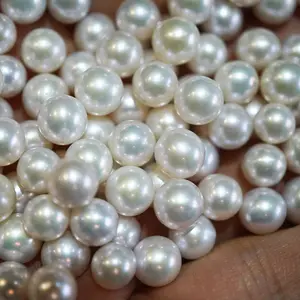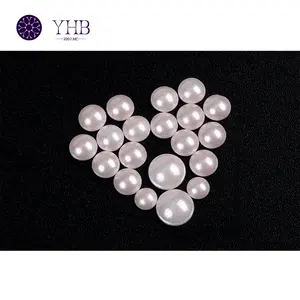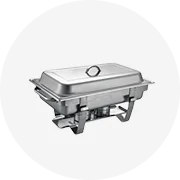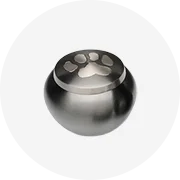Sektörünüzde popüler







































































En iyi kategoriler
doğal deliksiz gevşek inci hakkında
Doğru. doğal deliksiz gevşek inci, yiyeceklerimizi ve diğer ürünlerimizi optimum sıcaklıklarda tutmamızı sağlar. Bu ürünlerin faydalarını korurlar ve bozulmalarını önlerler .. Uygun özelliklere sahip olan doğal deliksiz gevşek inci yaşam tarzımızda kolaylık sağladıkları için günlük hayatımızda vazgeçilmezdir. Alibaba.com'da geniş bir birinci sınıf ürün yelpazesi bulunmaktadır. doğal deliksiz gevşek inci çeşitli soğutma amaçları için tasarlanmıştır.
The. doğal deliksiz gevşek inci daha iyi çıktılar ve verimlilik sağlamak için teknolojideki en son gelişmeleri bir araya getirir. Performanslarından ödün vermeden elektrik faturalarından tasarruf etmenize yardımcı olmak için çok daha düşük elektrik gücü tüketirler. Üreticiler yenilikçi, sağlam malzemeler kullanıyorlar. doğal deliksiz gevşek inci oldukça dayanıklı ve uzun bir süre boyunca üretken. . doğal deliksiz gevşek inci tüm ürünlerin uygun sıcaklıklarda tutulmasını sağlayan üstün sıcaklık kontrol özelliklerine sahiptir.
Tasarımları ve markaları. Alibaba.com'daki doğal deliksiz gevşek inci, çeşitli kullanıcı gereksinimlerini dikkate alır. Tüm müşterilerin en uygun olanı bulabilmesi için farklı boyutlarda, şekillerde ve renklerde mevcutturlar. doğal deliksiz gevşek inci kullanımları için. Mutfağınıza, iş yerinize veya eklemek isteyeceğiniz diğer alanlara uyan bir yer bulmak sizin için zor olmayacak. . doğal deliksiz gevşek inci aynı zamanda, soğutmada her yönden eşitliği garanti eden modern soğutma sistemleriyle donatılmıştır.
Karşı konulamaz indirimlerden ve cezbedici avantajlardan yararlanın. Alibaba.com'da doğal deliksiz gevşek inci. Kusursuzdurlar ve kalite, sıkı düzenleyici standartlarla garanti edilir. Siteyi keşfedin ve apt. doğal deliksiz gevşek inci soğutma ihtiyaçlarınızı çözmek için. Ürünlerinizi korurken paranızın karşılığını en iyi şekilde almanın keyfini çıkarın.


















